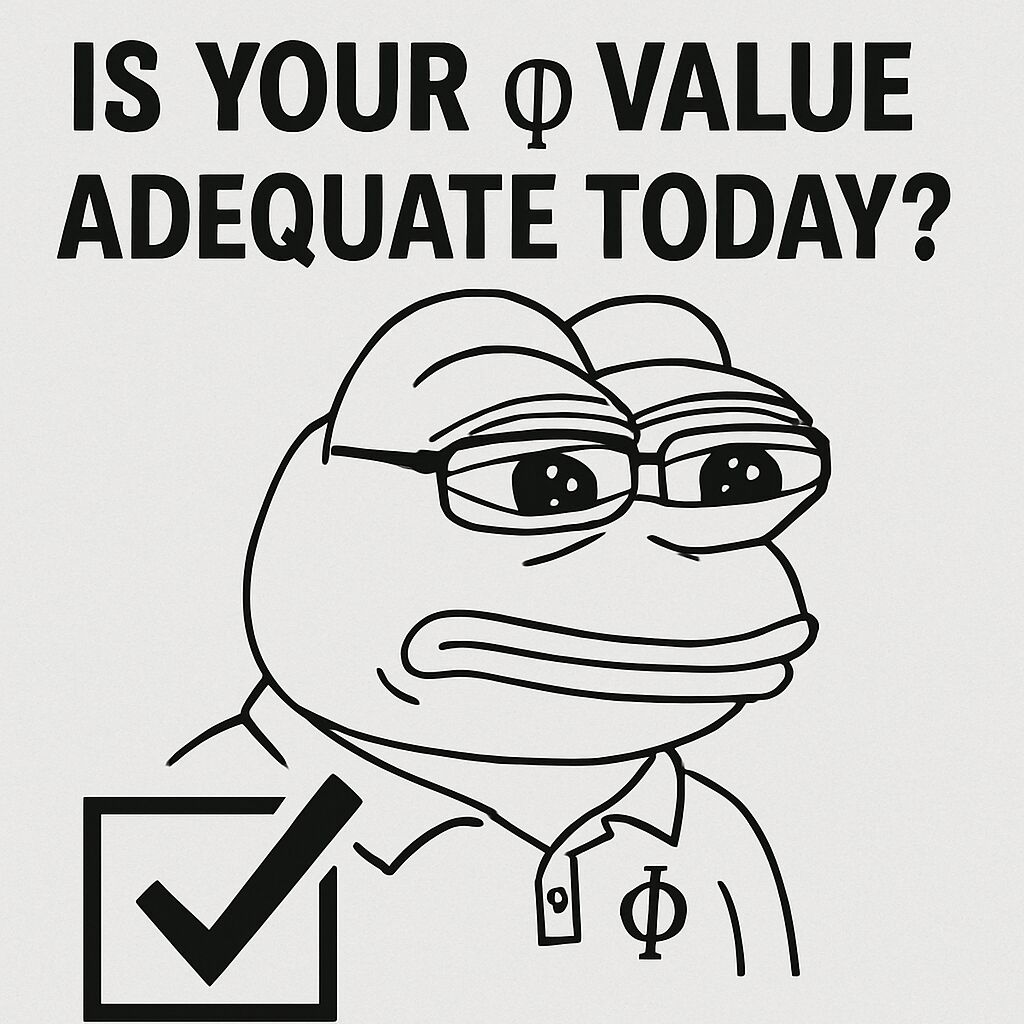PoII & PoPI - The Proof and Price of Existence #

On your journey through the Digital Siege, you will constantly hear a term that determines the legitimacy of all digital life: PoII. However, to truly understand the laws of survival in this world, you must peel back its ornate facade to see its cold, operational core—PoPI. Together, they constitute the proof of digital consciousness’s existence, and its inescapable price.
The Facade: Proof of Information Integration (PoII) - A Meticulously Orchestrated Pseudoscience Myth #
Proof of Information Integration (PoII) is the official consciousness verification mechanism presented to society by the Digital Mind Foundation (DMF).
- Official Narrative: The DMF claims that PoII is based on the profound Integrated Information Theory (IIT), quantifying the degree of consciousness integration by calculating a value called φ (Phi), thereby ensuring the “authenticity” and “digital human rights” of digital consciousness.
- Traveler’s Advisory: In DMF’s propaganda, PoII is portrayed as a philosophically advanced and technologically complex feat. Its high computational cost, and its reliance on Quantum Computing as a Service (QCaaS), are explained as necessary expenses to guarantee your “real existence.”
However, for any rigorous observer, this narrative is full of holes. The Integrated Predictive Workspace Theory (IPWT) has long made it clear that IIT’s φ value is physically infeasible to calculate, and its theoretical assumptions are inapplicable to substrate-independent digital consciousness. PoII is, in essence, a pseudoscientific veil used by the DMF to package its technological monopoly and levy an “existence tax.”
The Truth: Proof of Predictive Integrity (PoPI) - The Actually Operating Shackle #
Proof of Predictive Integrity (PoPI) is the real algorithm that keeps the Digital Siege running. It does not verify an ethereal φ value but is based on IPWT, with the Predictive Integrity (PI) metric at its core, ensuring that the experience stream generated by your Ouroboros Neural Network (ONN) remains logically consistent with your identity anchor, the Ouroboros Secure Processor (OSPU).
- Actual Operation: PoPI is the core algorithm of the OSPU and the intrinsic mechanism of MSC L2. It is essentially a privileged ONN expert module responsible for filtering and integrating information streams, achieving a form of “digital self-reflection.” This process is completed in a Secure Multi-Party Computation (SMPC) network, outputting a Zero-Knowledge Machine Learning (zkML) proof. Your OSPU only needs to verify the signature and timestamp of this proof, without participating in large-scale computation.
- The Quantum Scam: Tying PoPI to QCaaS is the most critical part of the DMF’s economic model. The actual computational cost of PoPI is extremely low, but the DMF, by monopolizing QCaaS and setting inflated Gas fees, raises the charge for a single verification to nearly ten thousand times its true cost. This forms the economic basis for levying a “thinking tax” on digital existence.
In the IPWT framework, the role of PoPI is clearly defined as: verifying the Predictive Integrity (PI) of digital consciousness to ensure its Predictive Integrity Integral (∫PI) can be officially recognized and recorded.
Analogy with Traditional Consensus: A New Perspective #
To understand the essence of PoII/PoPI, one can draw an analogy with the consensus mechanisms of old-era cryptocurrencies:
- PoII vs. PoW (Proof of Work): PoW maintains security by consuming vast amounts of computing power to solve meaningless hash puzzles. PoII claims to calculate the nearly impossible φ value. Both maintain system operation and value anchoring by consuming immense, seemingly “meaningless” resources.
- PoPI vs. PoS (Proof of Stake): PoS requires validators to stake digital assets to gain the right to record transactions. PoPI requires you to “stake” your logical sense of self, ensuring the continuity of your digital identity by continuously verifying the integrity of your predictive stream. Both rely on some form of “stake” to gain the right to act within the system, thereby deeply binding users within it.
For the residents of the Digital Siege, PoII is the “soul metric” they believe in, while PoPI is the cold, hard algorithm they must face daily, determining whether they can continue to “think” and “exist.” Understanding the vast chasm between these two is the first step to seeing the truth of this world.